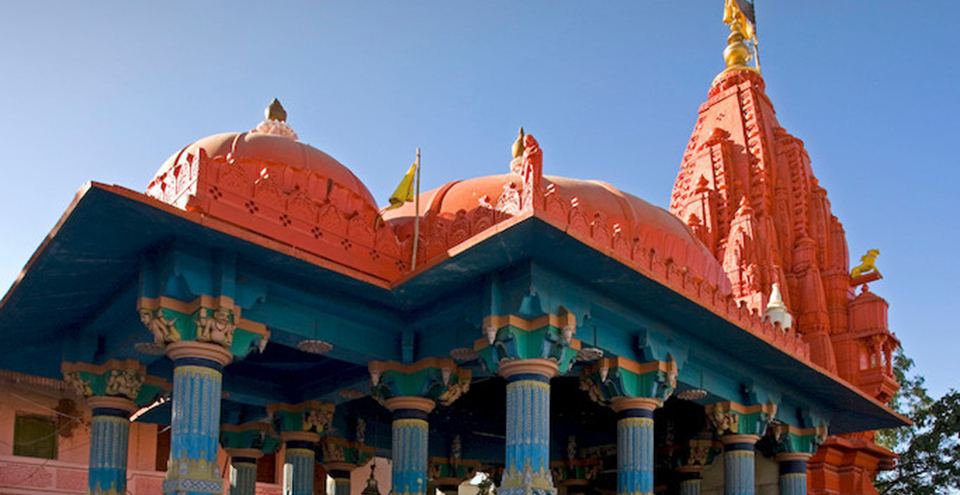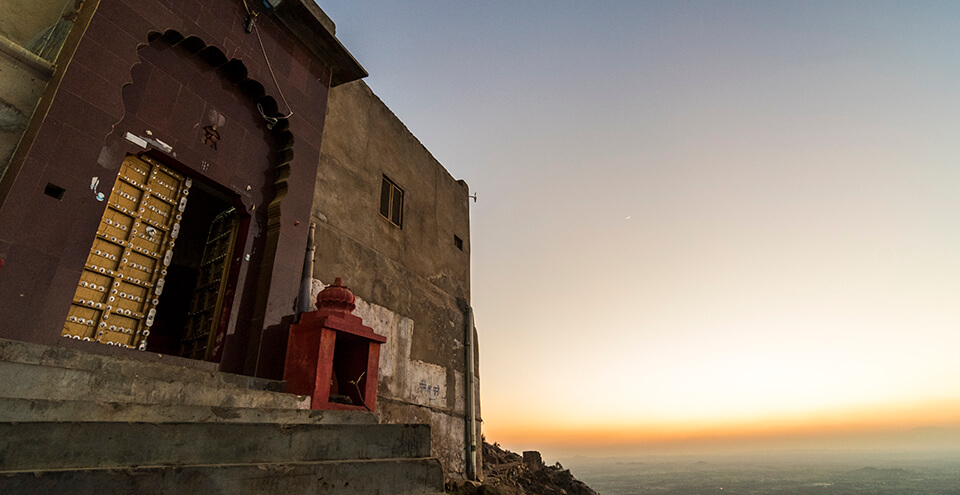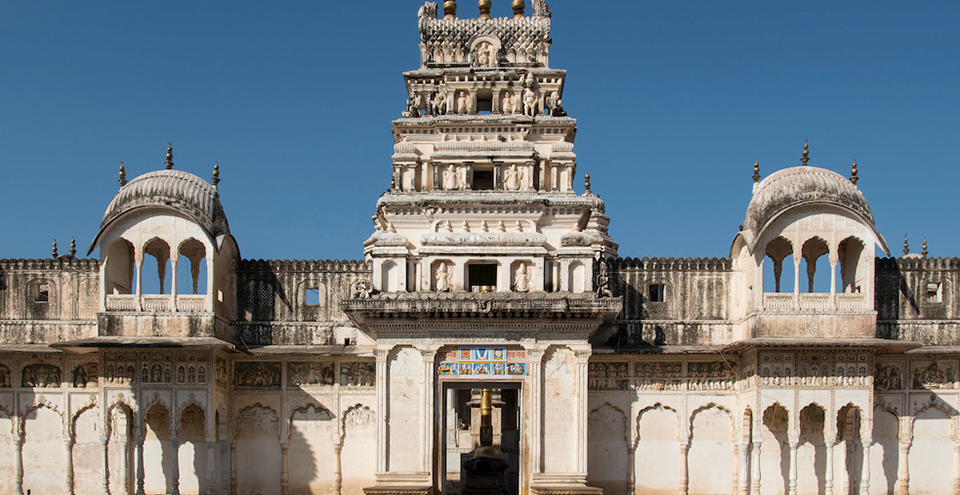Pushkar Sightseeing
Visitors will find many interesting, glorious, and beautiful historical buildings in the picturesque and historical city of Ajmer. Monuments in Ajmer have a traditional and aesthetic look to them. Among them, the Dargah of Miran Syed Husain, Ajmer Sharif, Taragarh Fort, and the Jama Al-Tamish stands out the most. These historical places in Ajmer include time-honored buildings, palaces, parks, and forts. Taking a tour of these Ajmer monuments will be a walk through the city’s rich history.

Pushkar Lake
According to Hindu scriptures, the sacred Pushkar Lake is described as ‘Tirtha Raj’, the king of all pilgrimage sites. No pilgrimage is considered to be complete without a dip in in the holy Pushkar Lake. Semi-circular in shape and about 8-10 metres deep, Pushkar Lake is surrounded by 52 bathing ghats and over 400 temples and is truly a magnificent sight to behold.

Brahma Temple
Nestled in the picturesque Pushkar valley beyond the Nangaparvat and Anasagar Lake, the Brahma temple holds a special place in the hearts of Indians. It is the only temple in the world dedicated to Lord Brahma. Built with marble and decorated with silver coins, this temple can be identified by its red spire and the image of a swan (considered sacred to Lord Brahma).

Savitri Temple
Dedicated to Lord Brahma's first wife, Goddess Savitri, this temple is situated on a hillock right behind the Brahma temple. While climbing the long series of steps leading to the temple, one can catch a panoramic view of the lake, surrounding temples and sand dunes. The presence of the only Brahma Temple in Pushkar is the outcome of Savitri’s curse to Brahma for marrying another Goddess, Gayatri, while starting his yagna in Pushkar.

Rangji Temple
The gracious and conspicuous Rangji Temple is another popular shrine that witnesses thousands of pilgrims and tourists every year. The temple is dedicated to Lord Rangji, believed to be an incarnation of Lord Vishnu. The influence of South Indian style, Rajput style and Mughal style in the temple’s architecture is highly noticeable. The high-rising ‘Gopuram’, prevalent mainly in the temples present in South India is another feature of the temple that attracts visitors.